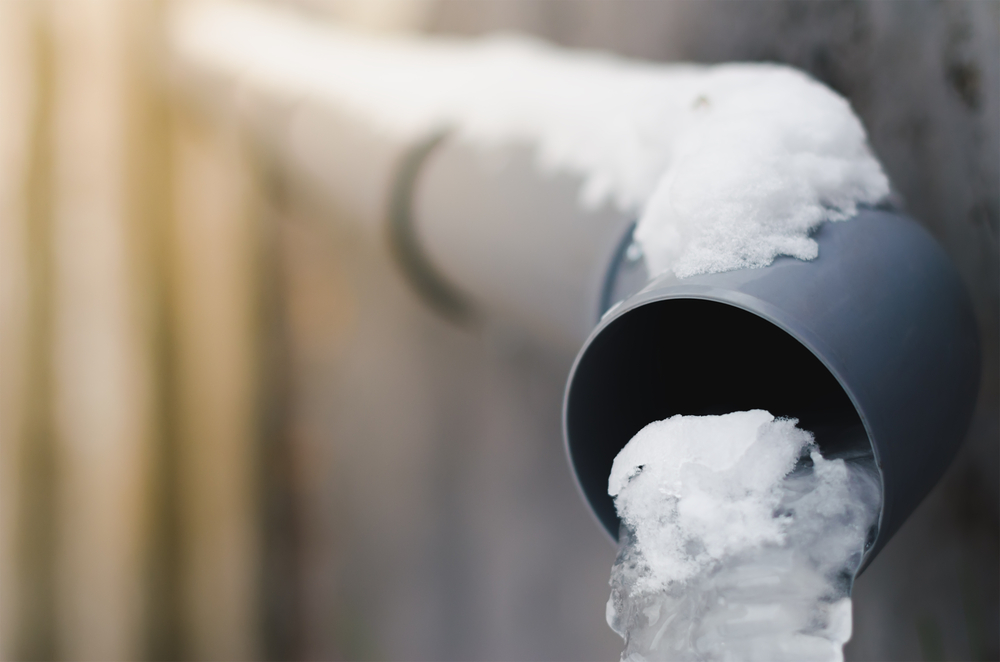On this page on the next paragraphs you will find additional first-rate advice about How To Avoid Freezing Pipes.

Winter can wreak havoc on your plumbing, especially by freezing pipelines. Right here's just how to stop it from taking place and what to do if it does.
Intro
As temperature levels decline, the threat of icy pipes boosts, possibly causing pricey repair services and water damage. Recognizing how to prevent icy pipes is important for home owners in cold environments.
Prevention Tips
Shielding vulnerable pipelines
Wrap pipes in insulation sleeves or make use of heat tape to protect them from freezing temperatures. Concentrate on pipes in unheated or exterior areas of the home.
Home heating strategies
Keep interior areas adequately heated up, specifically areas with plumbing. Open cupboard doors to enable warm air to distribute around pipes under sinks.
Exactly how to identify icy pipelines
Look for lowered water circulation from faucets, uncommon odors or sounds from pipes, and noticeable frost on subjected pipes.
Long-Term Solutions
Architectural adjustments
Take into consideration rerouting pipes far from exterior wall surfaces or unheated locations. Add added insulation to attics, cellars, and crawl spaces.
Upgrading insulation
Purchase high-quality insulation for pipelines, attic rooms, and wall surfaces. Proper insulation aids maintain consistent temperatures and decreases the danger of icy pipelines.
Shielding Exterior Pipes
Garden hose pipes and outside taps
Disconnect and drain pipes garden hoses prior to winter season. Set up frost-proof spigots or cover outdoor taps with protected caps.
Comprehending Icy Pipes
What triggers pipelines to freeze?
Pipelines freeze when revealed to temperature levels listed below 32 ° F (0 ° C) for extended periods. As water inside the pipes ices up, it increases, putting pressure on the pipeline walls and possibly causing them to rupture.
Threats and damages
Frozen pipelines can lead to water system disturbances, building damage, and costly fixings. Ruptured pipelines can flooding homes and trigger extensive architectural damages.
Indications of Frozen Piping
Determining icy pipelines early can prevent them from breaking.
What to Do If Your Pipelines Freeze
Immediate actions to take
If you presume frozen pipes, keep faucets open to ease pressure as the ice thaws. Utilize a hairdryer or towels soaked in warm water to thaw pipelines gradually.
Verdict
Stopping frozen pipes requires aggressive steps and fast reactions. By comprehending the causes, signs, and preventive measures, house owners can shield their pipes during winter.
5 Ways to Prevent Frozen Pipes
Drain Outdoor Faucets and Disconnect Hoses
First, close the shut-off valve that controls the flow of water in the pipe to your outdoor faucet. Then, head outside to disconnect and drain your hose and open the outdoor faucet to allow the water to completely drain out of the line. Turn off the faucet when done. Finally, head back to the shut-off valve and drain the remaining water inside the pipe into a bucket or container. Additionally, if you have a home irrigation system, you should consider hiring an expert to clear the system of water each year.
Insulate Pipes
One of the best and most cost-effective methods for preventing frozen water pipes is to wrap your pipes with insulation. This is especially important for areas in your home that aren’t exposed to heat, such as an attic. We suggest using foam sleeves, which can typically be found at your local hardware store.
Keep Heat Running at 65
Your pipes are located inside your walls, and the temperature there is much colder than the rest of the house. To prevent your pipes from freezing, The Insurance Information Institute suggests that you keep your home heated to at least 65 degrees, even when traveling. You may want to invest in smart devices that can keep an eye on the temperature in your home while you’re away.
Leave Water Dripping
Moving water — even a small trickle — can prevent ice from forming inside your pipes. When freezing temps are imminent, start a drip of water from all faucets that serve exposed pipes. Leaving a few faucets running will also help relieve pressure inside the pipes and help prevent a rupture if the water inside freezes.
Open Cupboard Doors
Warm your kitchen and bathroom pipes by opening cupboards and vanities. You should also leave your interior doors ajar to help warm air circulate evenly throughout your home.

I'm certainly very occupied with Helpful Tips to Prevent Frozen Pipes this Winter and I am assuming you appreciated the new article. In case you enjoyed our blog post plz do not forget to pass it around. I treasure your readership.
Call Today